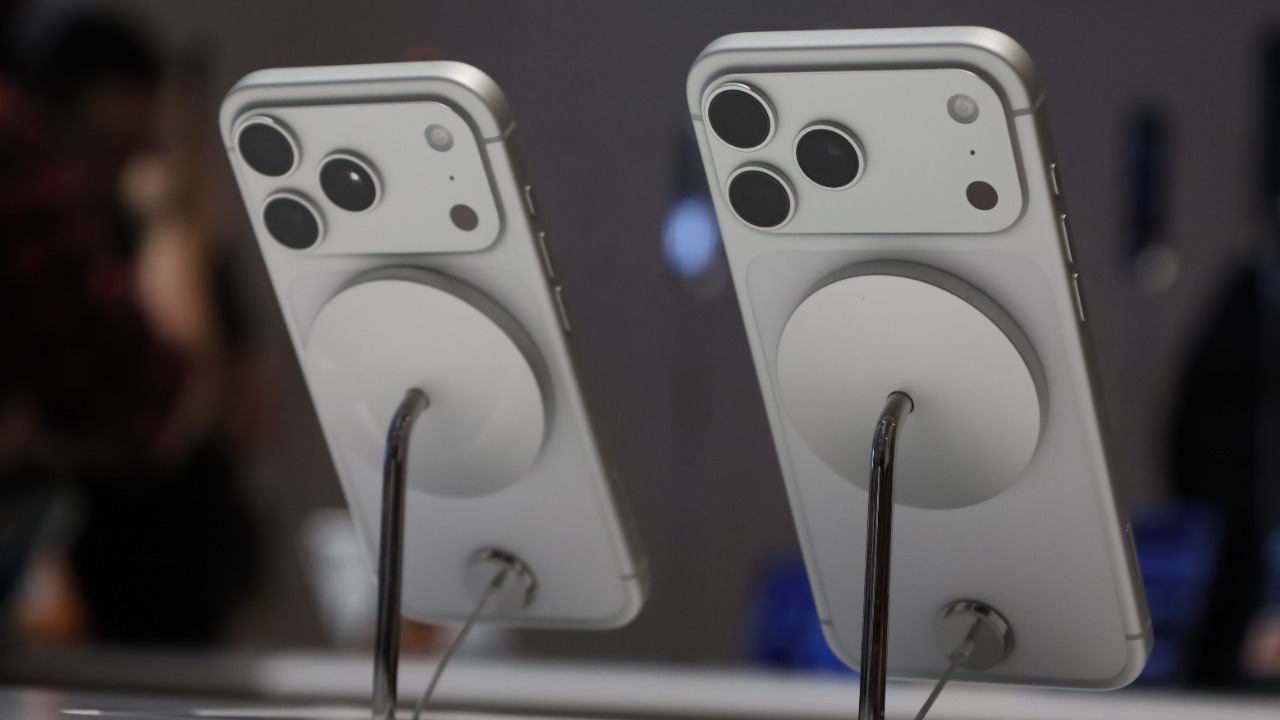
As the smartphone market continues to evolve, the needs of older adults are increasingly being recognized and addressed. The ongoing debate between iPhone and Android platforms is particularly relevant for this demographic, with each offering distinct features and benefits. This article delves into the key areas of comparison, including ease of use, accessibility, app ecosystem, battery life, cost, and security, to help older users make an informed choice.
Ease of Use and Interface Simplicity
When it comes to ease of use and interface simplicity, iPhones are often lauded for their intuitive navigation. Streamlined gestures and voice controls, beneficial for users with reduced dexterity, make iPhones a user-friendly choice for seniors. The larger default font sizes and simplified home screens further enhance the user experience for older adults.
On the other hand, Android offers a highly customizable interface. While this flexibility can be overwhelming for some, it allows users to tailor their device to their specific needs and preferences. However, this adaptability often requires a more setup-heavy process, which may be a deterrent for some older users. The setup process also varies across different Android devices, adding another layer of complexity.
Accessibility Features for Seniors
iOS stands out with its range of built-in accessibility tools, such as Magnifier and AssistiveTouch. These features are consistently reliable, making iPhones a strong contender for seniors. Android, however, excels in its compatibility with hearing aids and its robust screen readers, offering significant advantages for users with visual or auditory impairments.
Both platforms offer emergency SOS features, providing an added layer of safety for older users. However, the effectiveness of these features can vary depending on the specific device and setup.
App Ecosystem for Aging Users
The app ecosystem is another crucial factor for older users. iPhones are known for their high-quality apps, including medication reminders and fall detection apps, which integrate seamlessly due to Apple’s strict quality controls. Android, on the other hand, offers a broader variety of apps, including budget-friendly health trackers. However, the user experience on Android may be compromised by ads.
When it comes to app updates, iOS tends to provide longer support cycles, ensuring that apps continue to function optimally for a longer period.
Battery Life and Hardware Durability
For older users who may not be as tech-savvy, battery life is a significant consideration. iPhones are known for their efficient power management, allowing for all-day use without frequent charging. Android devices, however, offer varying battery performance across brands. Some Android devices feature larger screens, which can enhance readability for older users but may drain the battery faster.
In terms of hardware longevity, iPhones typically receive extended software updates, while Android updates are often model-specific. This means that an iPhone may remain functional and up-to-date for a longer period compared to some Android devices.
Cost and Long-Term Value
Cost is a major factor for many older adults, particularly those on fixed incomes. Android devices generally offer more affordable options, making them an attractive choice for budget-conscious users. iPhones, while more expensive upfront, tend to hold their resale value better. Additionally, the iPhone’s ecosystem lock-in benefits can result in cost savings over time.
Both platforms offer a range of subscription-free features, with iOS generally offering more privacy-focused tools.
Security and Privacy Considerations
Security and privacy are paramount, especially for older users who may be more vulnerable to scams and fraud. iPhones are renowned for their robust encryption and app sandboxing, which provide superior protection for sensitive health data. Android devices, while offering Google Play Protect and various biometric options, may not offer the same level of security.
When it comes to security updates, both platforms have their strengths and weaknesses. However, it’s important for users to regularly update their devices to ensure maximum protection.
More from MorningOverview